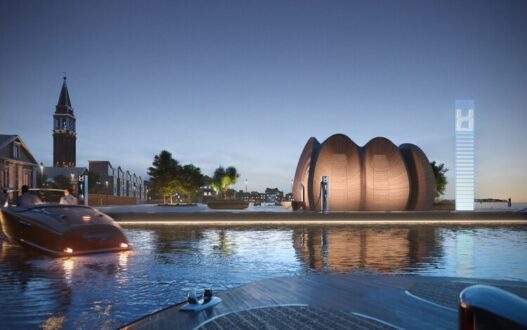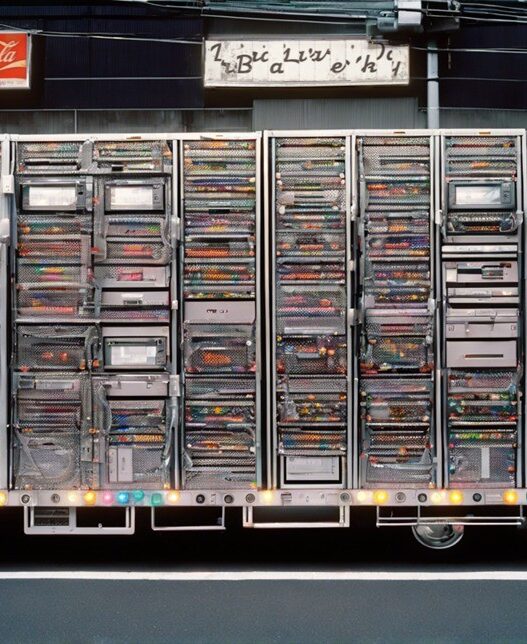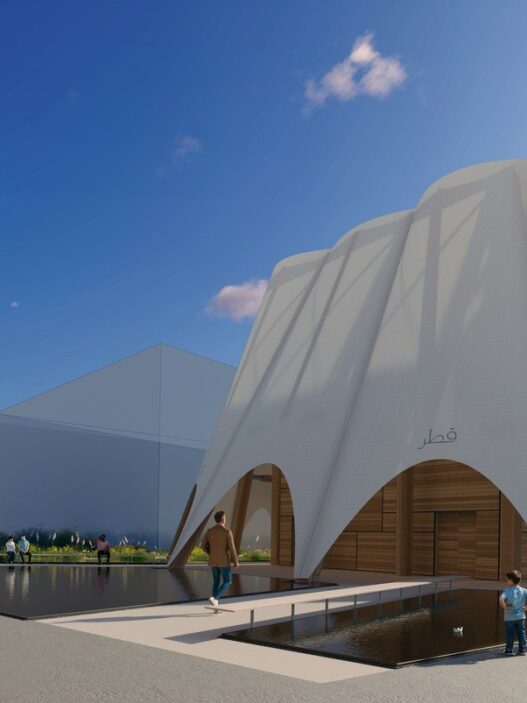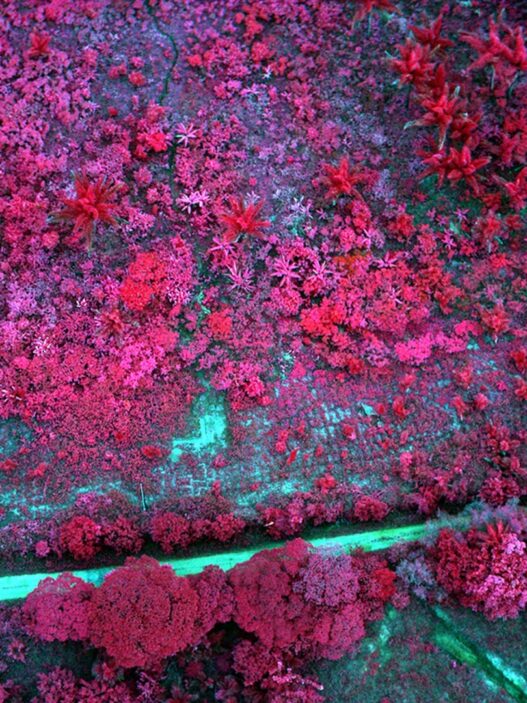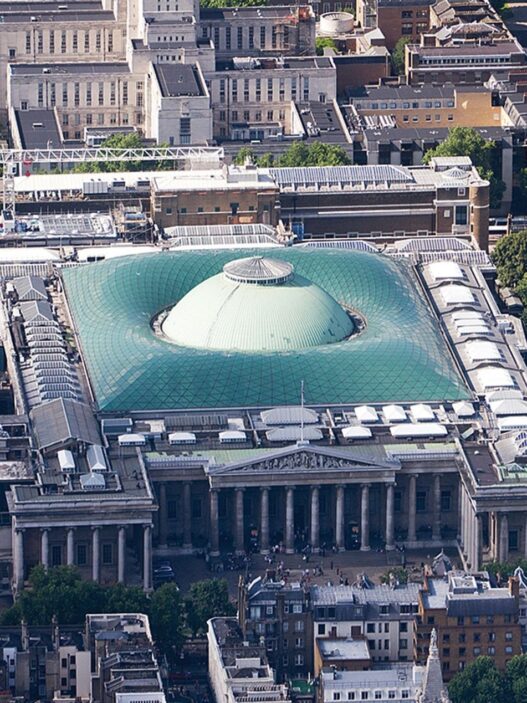Zaha Hadid Architects has unveiled designs for the world’s first network of hydrogen refueling stations dedicated to recreational boating. Set to be installed in 25 Italian marinas and ports, these stations embody the firm’s expertise in maritime design and respond to the growing demand for renewable energy solutions.
Powered by NatPower H‘s advanced technologies, the stations will produce green hydrogen, a sustainable fuel obtained from renewable sources. This initiative addresses the increasing restrictions on diesel engines in marinas worldwide, driving a rapid transition towards cleaner energy sources within the boating sector. The network of energy hubs aims to encourage the development and adoption of hydrogen-powered vessels.
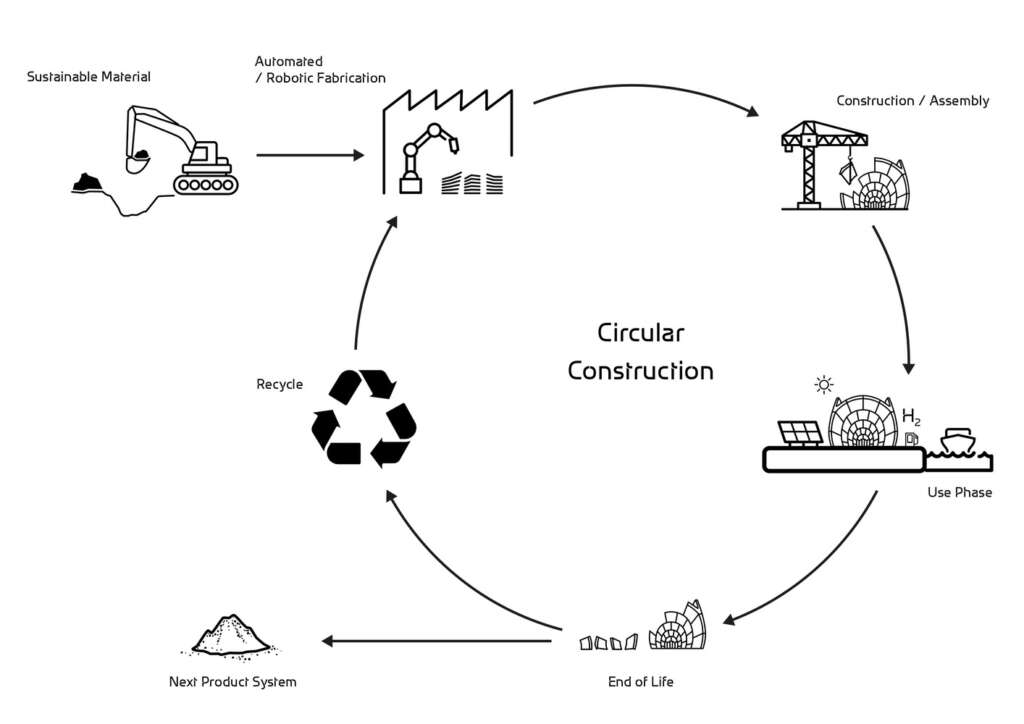
The stations’ design adheres to sustainability principles, featuring a modular system adaptable to varied locations. This flexibility allows each station to cater to specific local needs, such as size, seating, pedestrian circulation, and bike charging facilities. The modules are constructed using 3D printing technologies, enabling the creation of fluid geometries inspired by Mediterranean landscapes and marine ecosystems.
These fully recyclable modules are assembled on-site to minimize construction waste, reflecting ZHA’s commitment to environmental responsibility. The project is the result of collaboration between ZHA’s Computation and Design Research Group (ZHA CODE), Block Research Group, and Incremental3D. This team has a proven track record of innovative structures, demonstrated in projects like the Striatus Bridge in Venice and the Pheonix Bridge at the Holcim Innovation Hub in Lyon. These structures showcase the viability of 3D printed structures, reducing structural materials by up to 50% and enabling disassembly and recycling.









